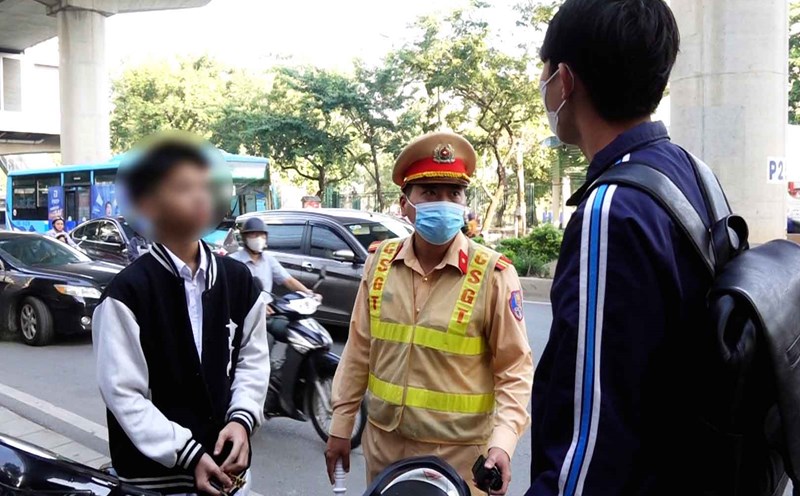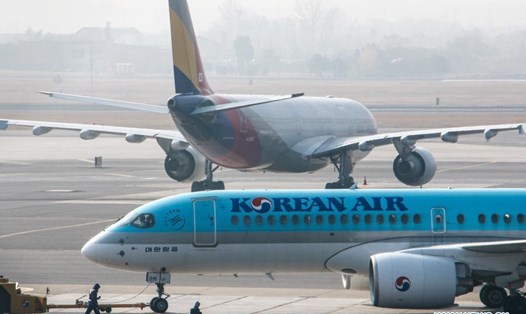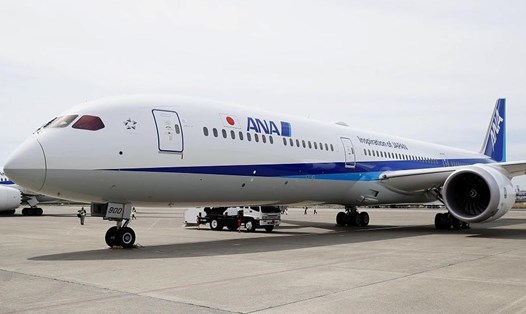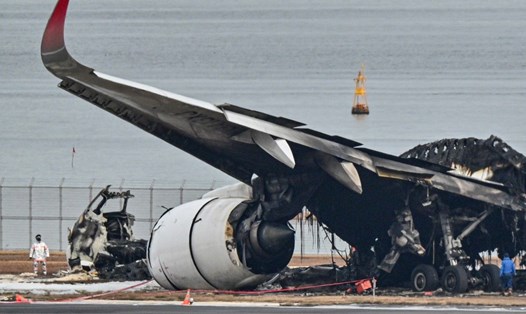Ngày 17.1, người phát ngôn của hãng hàng không All Nippon Airways (ANA) nói với AFP, một nam hành khách 55 tuổi được cho là người Mỹ, đã cắn vào cánh tay của nữ tiếp viên trong lúc "say rượu nặng", khiến tiếp viên bị thương nhẹ.
Theo ANA, vụ việc đã khiến các phi công của chiếc máy bay chở 159 hành khách phải quay từ Thái Bình Dương trở lại sân bay Haneda ở thủ đô Tokyo và bàn giao người đàn ông này cho cảnh sát.
Đài truyền hình Nhật Bản TBS dẫn lời hành khách nói với các nhà điều tra rằng ông ta "không nhớ chút nào" về hành vi của mình.
Vụ việc khiến một số người dùng mạng xã hội ví như "phim zombie". Một số khác than thở về những tai họa hàng không Nhật Bản trong năm nay - với bốn sự cố khác gây chú ý chỉ trong hơn hai tuần.
Nghiêm trọng nhất là vụ va chạm dẫn đến cháy máy bay thảm khốc ở sân bay Haneda giữa máy bay của Japan Airlines và một máy bay của Lực lượng phòng vệ bờ biển Nhật Bản vào ngày 2.1.
Toàn bộ 379 người trên chiếc Airbus của Japan Airlines đã được sơ tán an toàn trước khi máy bay chìm trong biển lửa.
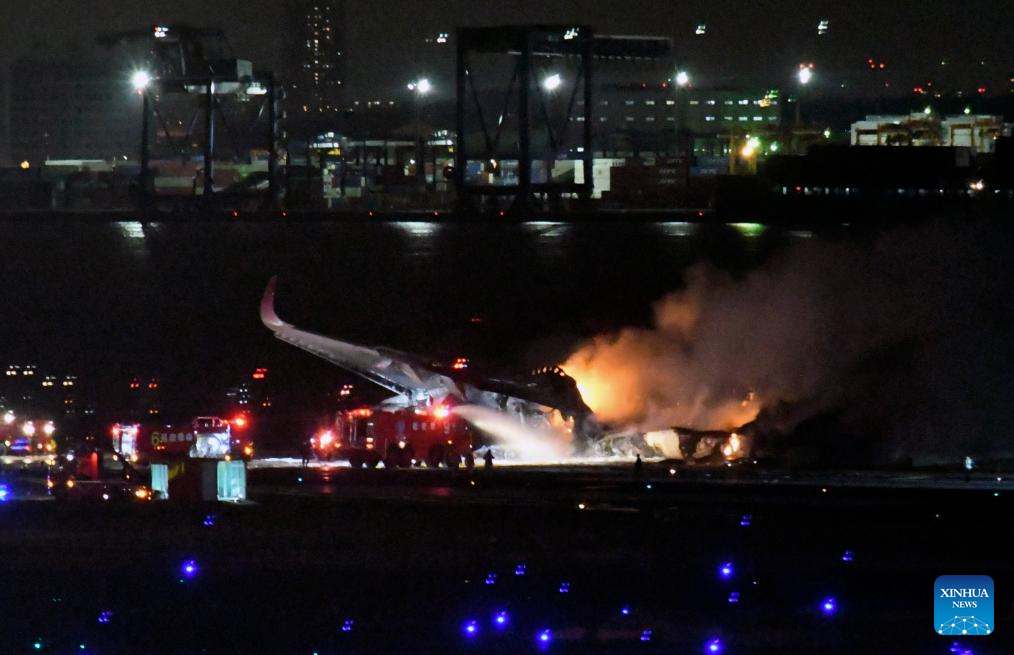
Năm trong sáu người trên chiếc máy bay của Lực lượng phòng vệ bờ biển Nhật Bản đang tham gia hoạt động cứu trợ sau trận động đất lớn ở miền trung Nhật Bản đã thiệt mạng.
Tiếp đó, ngày 16.1, một máy bay của Korean Air đang chuẩn bị cất cánh đã va vào một máy bay Cathay Pacific tại sân bay New Chitose ở Hokkaido, phía bắc Nhật Bản.
Korean Air cho biết vụ tai nạn không gây thương tích. Không có hành khách trên máy bay Cathay Pacific vào thời điểm vụ va quệt xảy ra.
Một tai nạn tương tự đã xảy ra hôm 13.1 khi một máy bay của ANA "tiếp xúc" với một máy bay của Delta Air Lines tại sân bay Chicago (Mỹ), và không gây thương tích.
Một chuyến bay khác của ANA phải quay trở lại sân bay khởi hành hôm 13.1 sau khi phát hiện một vết nứt trên cửa sổ buồng lái của chiếc Boeing 737-800. Không có báo cáo thương tích nào trong số 59 hành khách và 6 thành viên phi hành đoàn.
Doug Drury, chuyên gia hàng không tại Đại học Central Queensland, nói với AFP rằng, các sự cố va chạm xảy ra vì nhiều sân bay đang tiếp nhận các máy bay lớn hơn khả năng sân bay cho phép.
Ông nói thêm, sự cố cửa sổ bị nứt có thể là do hệ thống sưởi cửa sổ bị lỗi vì nhiệt độ ở độ cao khá khắc nghiệt.
"Điều này không phải là hiếm và đã từng xảy ra với tôi trong sự nghiệp của mình" - Doug Drury cho hay.






